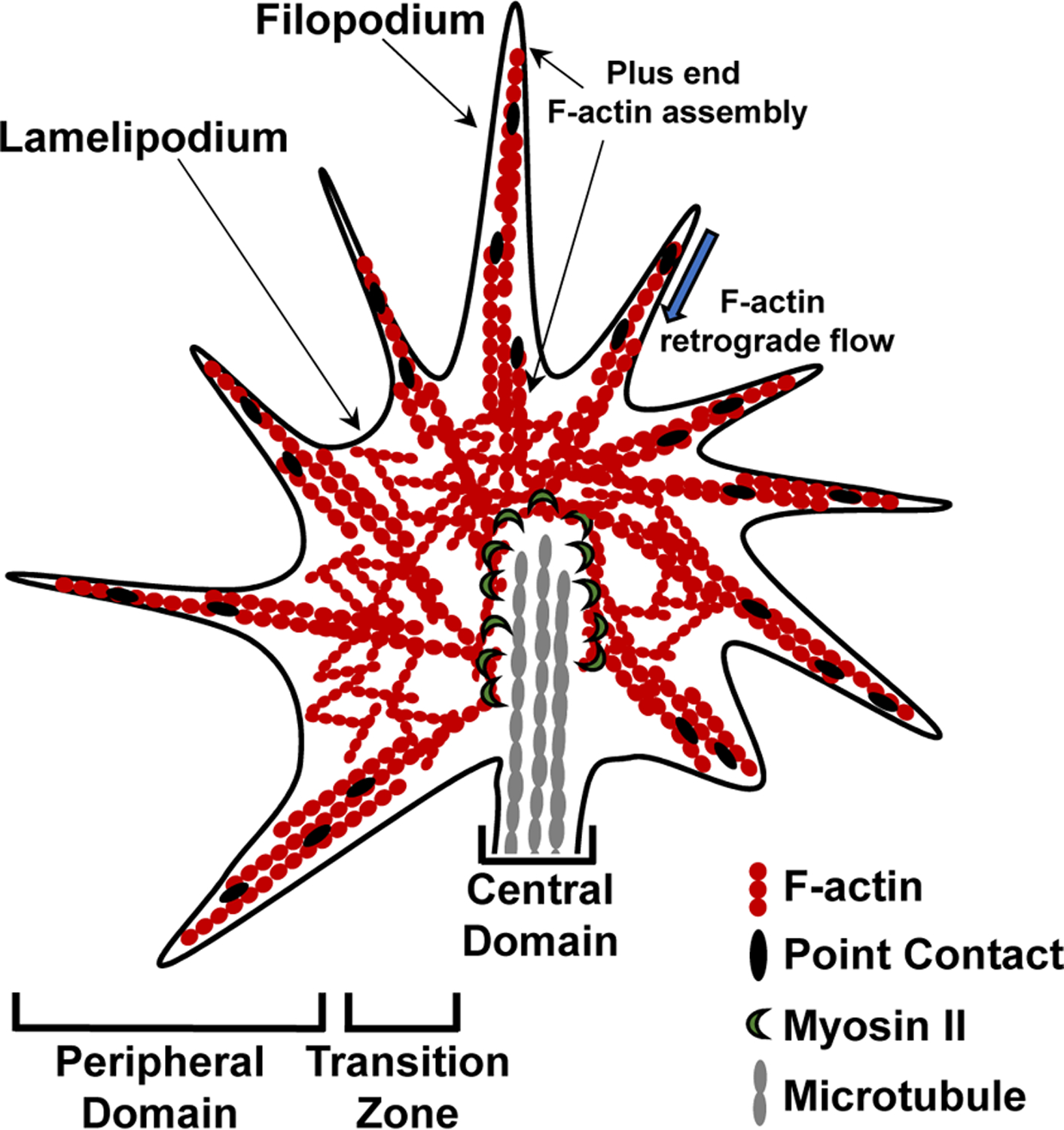Figure 2. Schematic of the growth cone, the main driver of process outgrowth, branching and guidance.

The growth cone is divided into three distinct compartments: the actin-rich peripheral region containing filopodia and lamellipodia, the central region enriched in dense microtubule arrays, and the transition zone characterized by the presence of actomyosin contractile structures. Forward movement of the growth cone, ultimately leading to process outgrowth, is initiated by actin polymerization within the peripheral domain of the growth cone, attenuation of F-actin retrograde flow, and engagement of focal contact points, also referred to as the ‘clutch’. Polymerization of microtubules is then necessary to complete process outgrowth. Process branching can be achieved through growth cone splitting, while growth cone turning in response to guidance cues involves an asymmetric regulation of F-actin cytoskeleton structure and polymerization/depolymerization.
